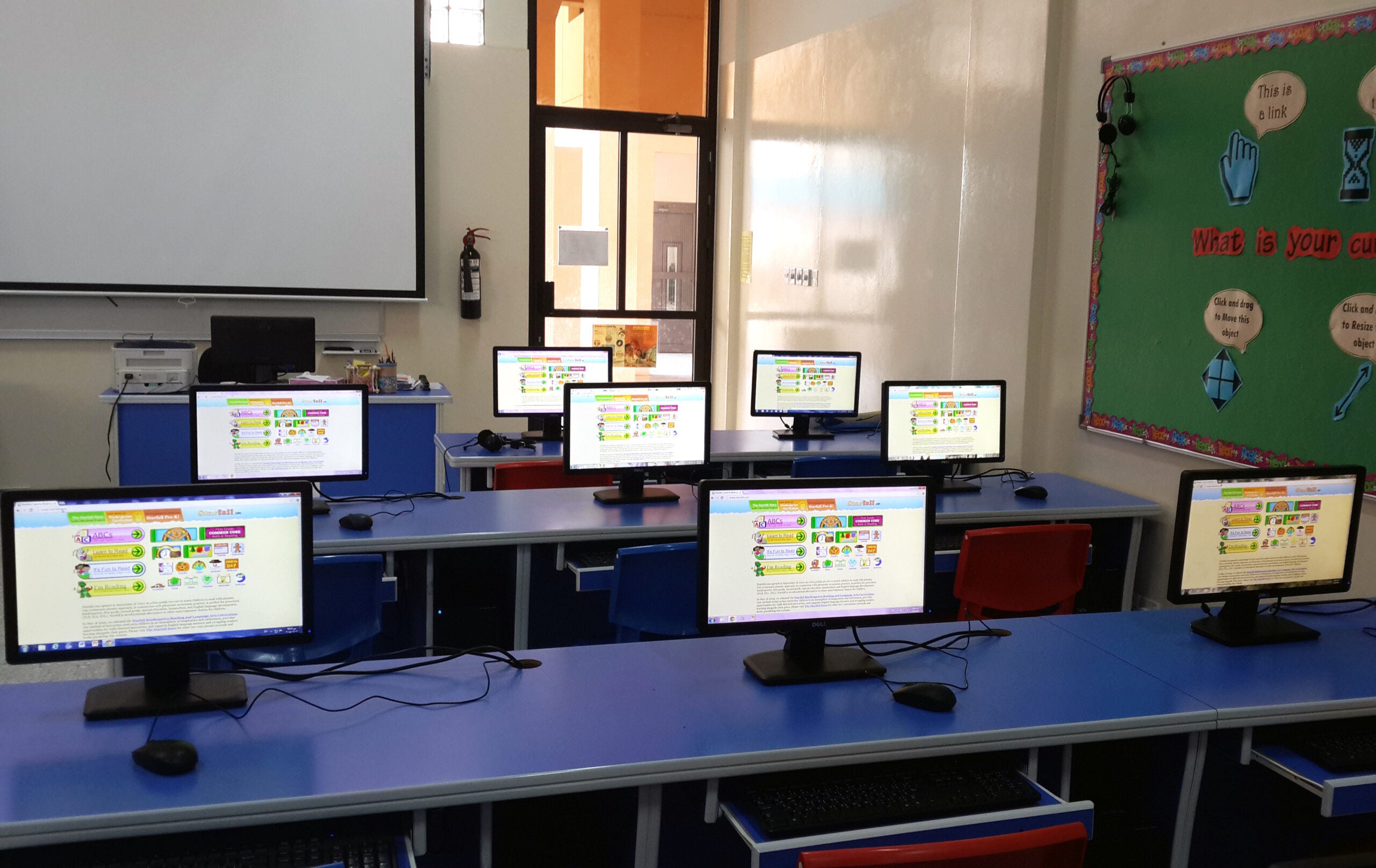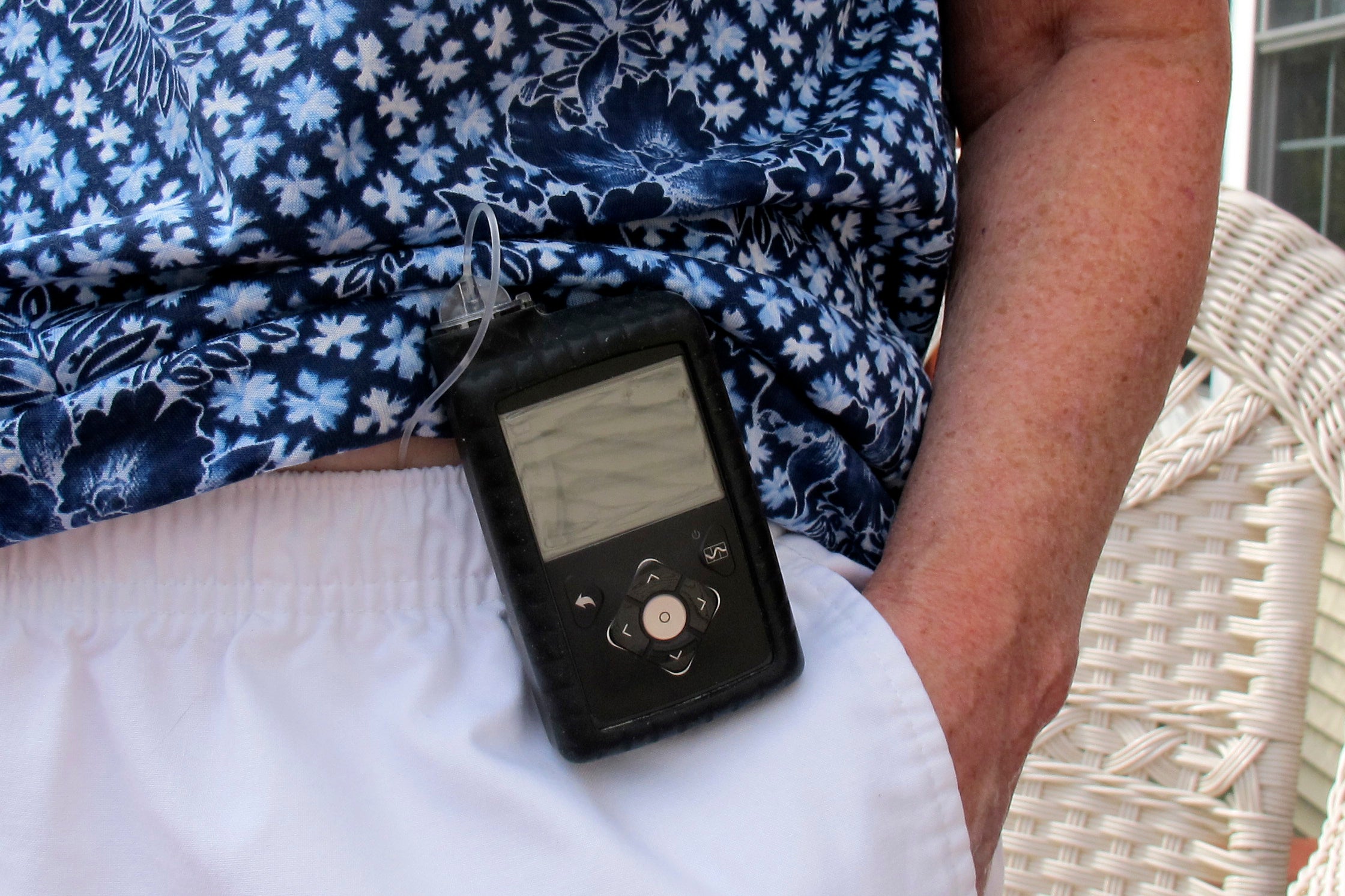Kids are spending more and more time watching more and more screens. If you haven’t noticed it, you must be Rip Van Winkle.
I used to harp against TV time, but gone are the days of just three network stations plus PBS. Now there are screens everywhere, and I mean everywhere.
How many times have you almost bumped into someone walking down the street looking at the screen on their “dumb phone?” And look at restaurants, where mom and dad are sitting with their kids and no one is talking to one another. They’re all in their own cocoon, looking at their screens.
Stay informed on the latest news
Sign up for WPR’s email newsletter.
A recent advertisement for AT&T showed a father and 5-year-old son sitting on the step — each with a phone or tablet. Not talking. Not interacting. Just looking and texting. Uh huh. That’s not what I would call good parenting at all. Yes, the times they are a changin’ and not all for the better.
Learning to use technology appropriately is why two studies from the British Medical Journal caught my interest. That time your child is spending in front of the screen just might be responsible for the diabetes and obesity epidemic we see nationwide affecting our kids. That’s right — screen time might be fat time.
Before you say hold your horses, let’s look at the data. The study came out of England and, granted, British children are not the same as kids in the United States. But I think you could comfortably say the differences are minor when you look at the results the study showed.
They looked at nearly 5,000 children, boys and girls, in more than 200 schools, checking to see how much time they spent in front of a screen. Diaries from the kids and the parents were a pretty good representation of what was going on in each house. They wanted to compare the kids who clocked in little or no time screen time, meaning an hour or less per day, with kids who clocked in three hours or more per day.
Then they took blood tests, measuring insulin resistance, blood sugar, cholesterol and inflammatory markers such as C-reactive protein, which has been implicated in heart attacks. And, of course, they measured the kids’ height and weight as well as skin-fold thickness, a fairly reliable measure of how much fat you have when you’re a child.
The results may not surprise you, but they certainly did me. Children who spent more time in front of a screen were more likely have worse scores in nearly all of these measures, potentially putting them at risk for developing diabetes, high blood pressure and heart disease when they become adults. Not only that, but the kids with more screen time showed elevated levels of leptin, a hormone that has been implicated in overweight people.
You might wonder what role family income, parents’ education, whether there were smokers in the house and other factors might play in this. The answer was nada, none at all.
My spin: Screen time is diabetes and obesity time. We talk about diet and exercise, diet and exercise; we don’t talk about screen time, diet and exercise. Perhaps we should.
And perhaps what might be true for children also might be true for adults. I don’t ask my patients to clock in how much time they spend in front of a screen every day. Perhaps that should be a question that all clinicians should ask — what’s good for the gosling is good for the gander.
Next week, I’ll tell you about a disappointing study regarding childhood exercise. Stay well.
Wisconsin Public Radio, © Copyright 2024, Board of Regents of the University of Wisconsin System and Wisconsin Educational Communications Board.




